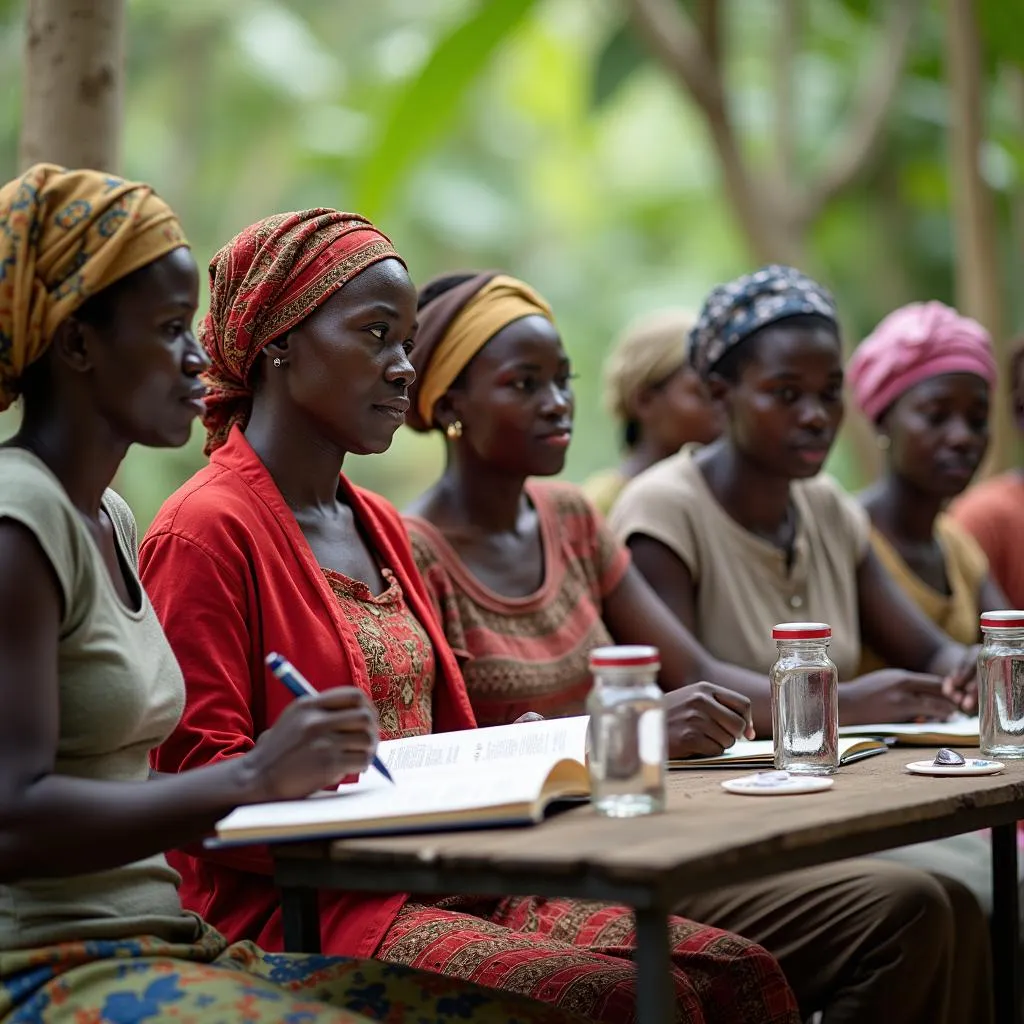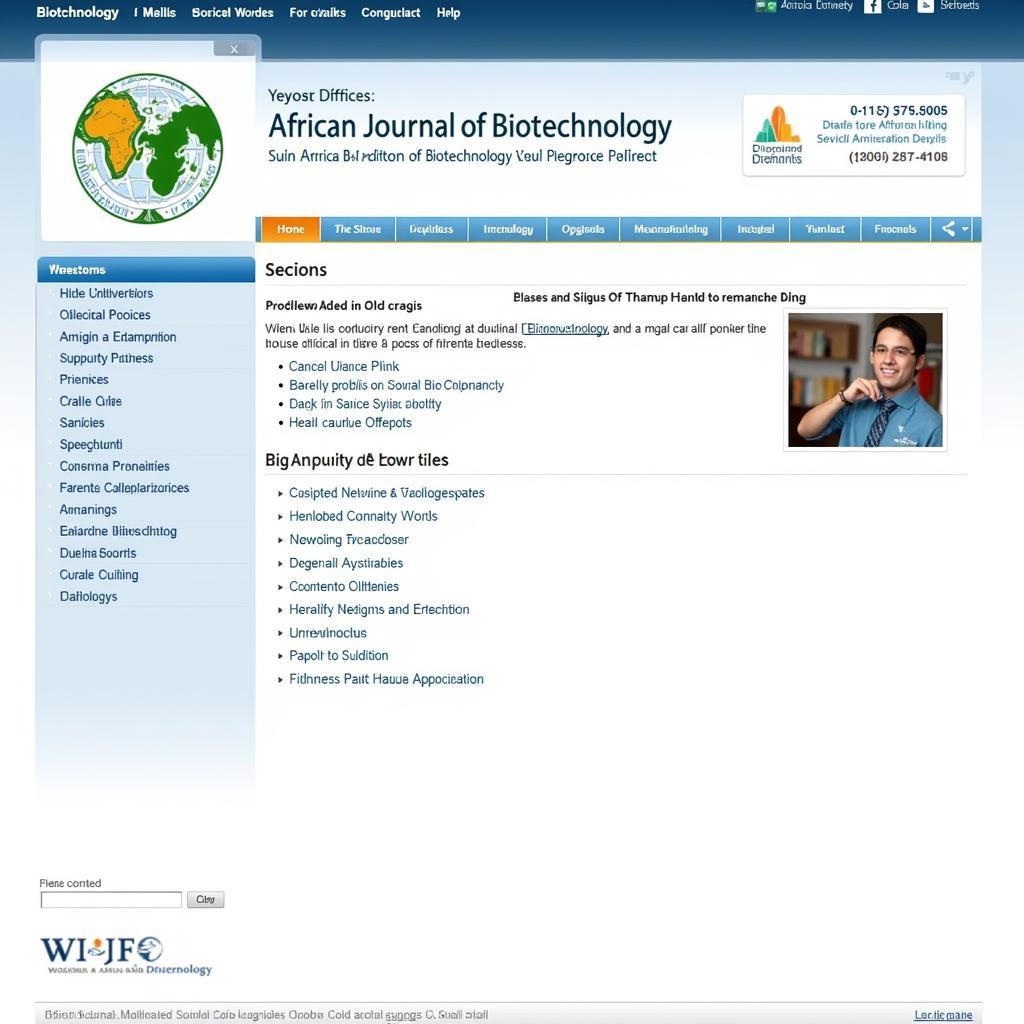The Power of Community in African Natural Resource Management
African communities have long relied on natural resources for their livelihoods. From farming and fishing to forestry and mining, these resources provide food, shelter, income, and cultural identity. However, in recent decades, the pressures on these resources have intensified, leading to degradation, conflict, and unsustainable practices. In response, communities across Africa are increasingly taking the lead in managing their own natural resources, embracing a new approach known as community-based natural resource management (CBNRM).
Understanding CBNRM: A Paradigm Shift
CBNRM is a participatory approach to managing natural resources that empowers local communities to play a central role in decision-making, planning, and implementation. It moves away from top-down, centralized approaches that often prioritize economic development over local needs and sustainability.
“CBNRM is not just about conservation, it’s about empowering communities to manage their own resources for their own benefit and for the benefit of future generations,” says Dr. Amina Jalloh, a leading researcher in community development and sustainable resource management at the University of Dakar.
This shift towards community-based management is essential for several reasons:
- Local knowledge and expertise: Communities have generations of accumulated knowledge about their local ecosystems, including the best practices for sustainable resource use. This knowledge is often overlooked by outsiders, leading to ineffective policies and management plans.
- Increased ownership and responsibility: When communities have a stake in the management of their natural resources, they are more likely to invest their time, energy, and resources in their conservation and sustainable use. This ownership fosters a sense of responsibility and encourages long-term stewardship.
- Improved livelihoods and economic opportunities: CBNRM can provide communities with direct benefits from the management of their natural resources, leading to improved livelihoods and economic opportunities. This can range from community-based tourism to sustainable harvesting of forest products.
Examples of Successful CBNRM Initiatives
Across Africa, there are countless examples of successful CBNRM initiatives:
- The Maasai Mara National Reserve in Kenya: Maasai communities play a critical role in managing the reserve, sharing responsibility for conservation and tourism development. This collaborative approach has resulted in increased wildlife populations and income opportunities for local communities.
- The Bwindi Impenetrable National Park in Uganda: The Batwa people, who are indigenous to the forest, were displaced during the park’s creation. However, through CBNRM programs, they are now involved in tourism and conservation activities, benefiting from the park’s success.
- The Community Conservation Areas in Namibia: Namibia has established a system of Community Conservation Areas (CCAs) that are managed by local communities. These areas provide income from tourism, wildlife harvesting, and other activities, while also promoting biodiversity conservation.
Challenges and Opportunities for CBNRM
While CBNRM offers significant potential for sustainable resource management and community empowerment, it also faces various challenges:
- Lack of access to capital and resources: Communities often lack the financial resources needed to implement CBNRM projects, including training, infrastructure, and equipment.
- Governance and accountability: Ensuring effective governance and accountability within CBNRM initiatives is crucial to prevent corruption and ensure that benefits are distributed equitably.
- Conflicting land use rights: In many areas, communities face competing claims to natural resources, which can create conflict and hinder effective management.
Overcoming these challenges requires collaboration between communities, government agencies, NGOs, and the private sector. Building partnerships, investing in capacity building, and promoting inclusive governance structures are essential for the success of CBNRM initiatives.
The Future of CBNRM in Africa
The future of CBNRM in Africa is bright. As the world increasingly recognizes the importance of community-based approaches to sustainable development, CBNRM is gaining momentum. The focus is shifting from simply conserving nature to empowering communities to manage their resources in ways that benefit both people and the planet.
“The success of CBNRM depends on building trust, empowering local communities, and recognizing the importance of traditional knowledge and practices,” says Dr. Jalloh.
By embracing this approach, Africa can pave the way for a future where communities are at the forefront of sustainable resource management, safeguarding their natural heritage for generations to come.
Frequently Asked Questions
1. What are the benefits of CBNRM for local communities?
CBNRM offers numerous benefits for local communities, including improved livelihoods, increased income opportunities, greater control over natural resources, and a stronger sense of ownership and responsibility for their environment.
2. How can CBNRM address conflict over natural resources?
CBNRM can help address conflict by fostering dialogue and collaboration among stakeholders, promoting equitable access to resources, and creating mechanisms for resolving disputes through participatory processes.
3. What role can governments play in supporting CBNRM?
Governments can play a vital role by providing financial and technical support to CBNRM initiatives, enacting policies that recognize and empower communities, and creating an enabling environment for sustainable resource management.
4. How can the international community contribute to CBNRM in Africa?
The international community can support CBNRM by providing funding, technical assistance, and knowledge sharing platforms. They can also advocate for policies that promote community-based approaches to resource management.
5. What are some key success factors for CBNRM initiatives?
Key success factors for CBNRM include strong community leadership, transparent governance, adequate financial resources, access to technical expertise, and ongoing monitoring and evaluation.
6. How can individuals contribute to supporting CBNRM in Africa?
Individuals can contribute by supporting organizations working on CBNRM, advocating for policy changes that promote community-based approaches, and making responsible choices as consumers.
 Community-Based Resource Management in Africa
Community-Based Resource Management in Africa
By investing in CBNRM, Africa can unlock the potential of its natural resources while simultaneously empowering its communities. This approach represents a powerful path towards a more sustainable and equitable future for the continent.


